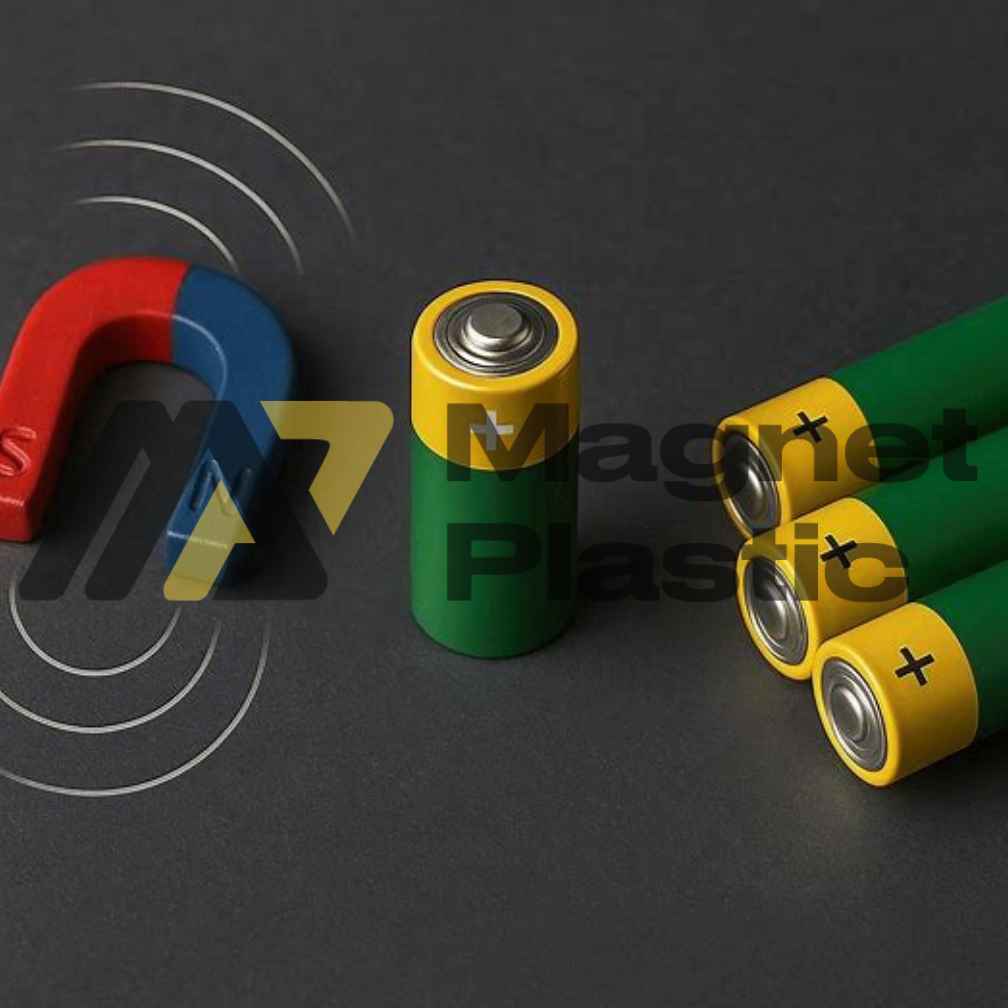Magnetism and Solid-State Batteries: Enhancing Energy Efficiency
The Revolution of Solid-State Batteries
In the search for safer, more durable, and sustainable energy storage solutions, solid-state batteries are emerging as one of the most promising technologies of the 21st century. Unlike conventional lithium-ion batteries, which use flammable liquid electrolytes, solid-state batteries incorporate ceramic or polymer electrolytes, improving safety, increasing energy density, and extending system lifespan.
However, one of the most significant challenges remains the mobility of ions within these solid electrolytes, a key factor in battery efficiency and charging speed.
The Role of Magnetism in Ionic Conduction
In recent years, scientific research has shown that magnetic fields can directly influence the dynamics of ions within solid materials. When external magnetic fields are applied, ions—such as lithium, sodium, or magnesium—can experience changes in their trajectory and movement speed through the conductive material.
This phenomenon opens the door to a new field of study called magneto-electrochemistry, which investigates how magnetism can optimize charge transport processes and reduce internal resistance in batteries.
How Magnetic Fields Improve Energy Efficiency
Controlled application of magnetic fields allows ionic conduction channels within the solid material to align. This effect enhances ion diffusion, thereby accelerating electrochemical reactions during battery charging and discharging.
In some experiments, applying a magnetic field has shown up to a 20% increase in ionic conductivity, along with a significant reduction in system overheating.
As a result, magnetism not only improves energy efficiency but also prolongs battery lifespan by reducing structural degradation of the conductive material.
Innovation and Industrial Applications
The use of magnetic effects in solid-state batteries is already being explored across various fields, including electric mobility, stationary energy storage, and microelectronics. In electric vehicles, for example, combining magnetic materials with solid electrolytes could enable faster and safer charging while optimizing thermal management of the system.
Additionally, magnetic nanoparticles are being used as additives to improve the internal structure of electrolytes, promoting uniformity in the channels through which ions move. This strategy can reduce defects and improve long-term electrochemical stability.
Towards a New Generation of Energy Storage
Applying magnetism to solid-state batteries represents a technological advance that combines physics, chemistry, and materials science toward a single goal: increasing overall energy efficiency.
As research progresses, magnetically controlled systems are expected to enable the development of lighter, more powerful, and eco-friendly batteries capable of meeting the needs of a world moving toward full electrification.
Ultimately, magnetic fields could become a key tool for the next generation of solid-state batteries, marking a turning point in how we store and utilize energy.
